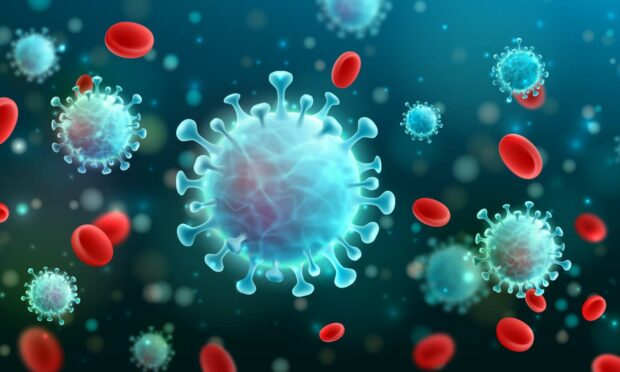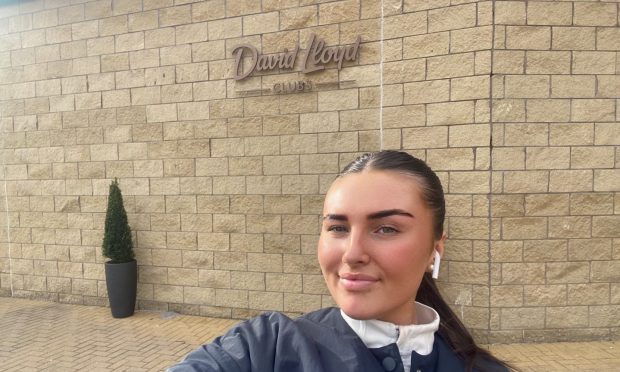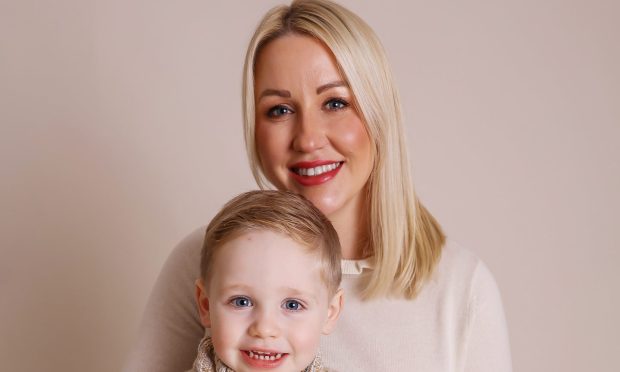With a number of variants emerging throughout the Covid pandemic and reinfections making up almost 10% of January’s cases in Scotland, many are wondering how likely it is to catch the virus more than once.
So, just how likely are you to end up with coronavirus more than once?
And how soon after catching the virus can you be reinfected?
We’re answering all your questions about Covid reinfections.
Are people being reinfected with Covid?
The rate of reinfection has increased dramatically since the emergence of the Omicron variant.
The new strain contributed to 6.4% of December and 9.8% of January cases being reinfections.
This is compared with 0.6% throughout the rest of the pandemic, according to Public Health Scotland (PHS).

PHS defines a reinfection as a case of the virus at least 90 days after previously testing positive.
Throughout the pandemic, some 34,774 cases of reinfection have been recorded.
And according to the World Health Organization (WHO), you are more than five times more likely to be reinfected with Omicron compared with Delta.
So, the chance of catching Covid again is more likely at this stage of the pandemic than ever before.
How soon after having Covid can I get it again?
Research suggests immunity after having had Covid can last from “several months to a couple of years”.
This means it’s unlikely you would be reinfected with Covid in a matter of weeks – but not completely impossible.
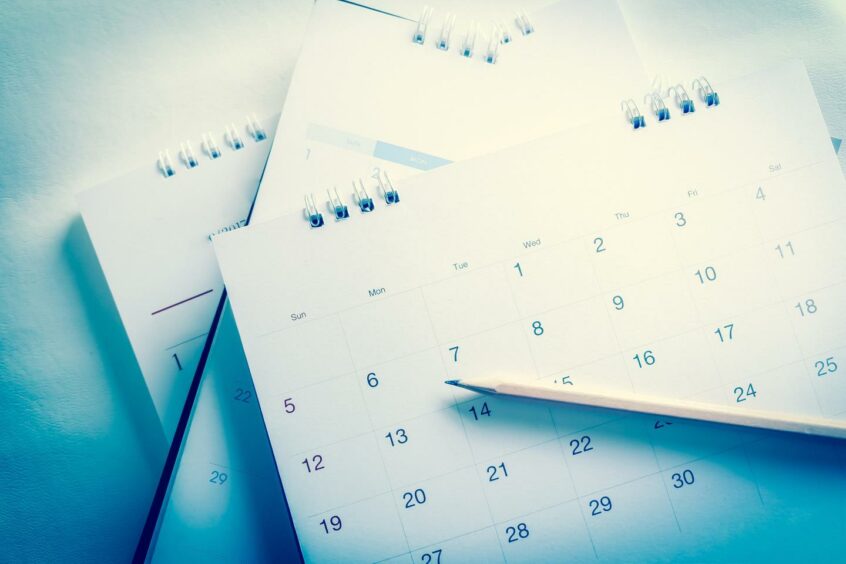
According to research from Yale School of Public Health: “Reinfection by SARS-CoV-2 under endemic conditions would likely occur between three months and 5.1 years after peak antibody response, with a median of 16 months.”
However, it is not entirely known if you can be reinfected with the virus sooner.
I’ve just had Covid but my lateral flows are still positive – what should I do?
Some people may continue to test positive in the days, weeks and months after ending self-isolation.
You may leave self-isolation on day seven in Scotland, if you test negative 24 hours apart on day six and seven.
Or, you can leave isolation after 10 days, even if you continue to test positive. This is provided you are feeling well and do not have a temperature.
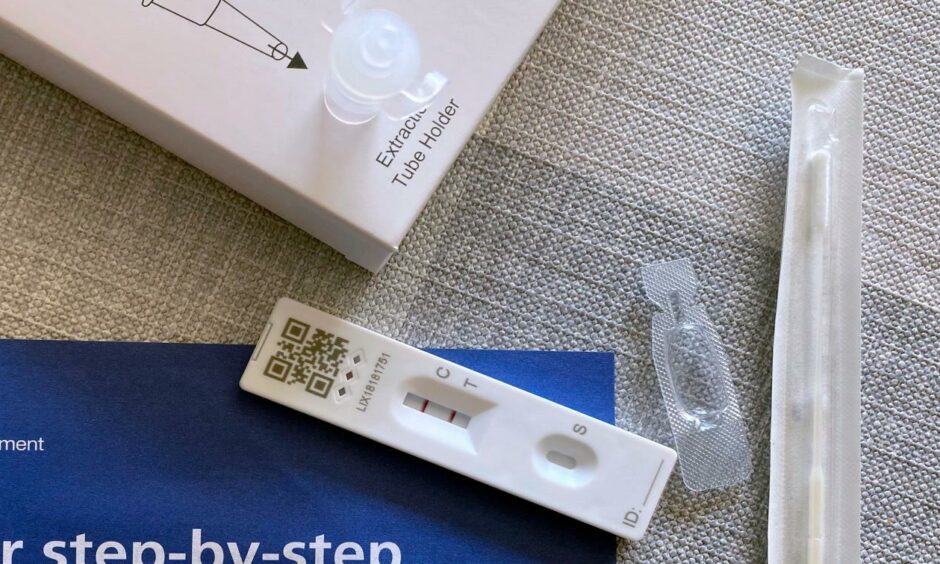
According to the Department of Health and Social Care (DHSC): “If someone tests positive with a PCR test, they should not be tested using PCR or [lateral flow] for 90 days, unless they develop new symptoms during this time, in which case they should be retested immediately using PCR.”
This is because you can keep testing positive within 90 days of the initial infection, despite no longer having Covid.
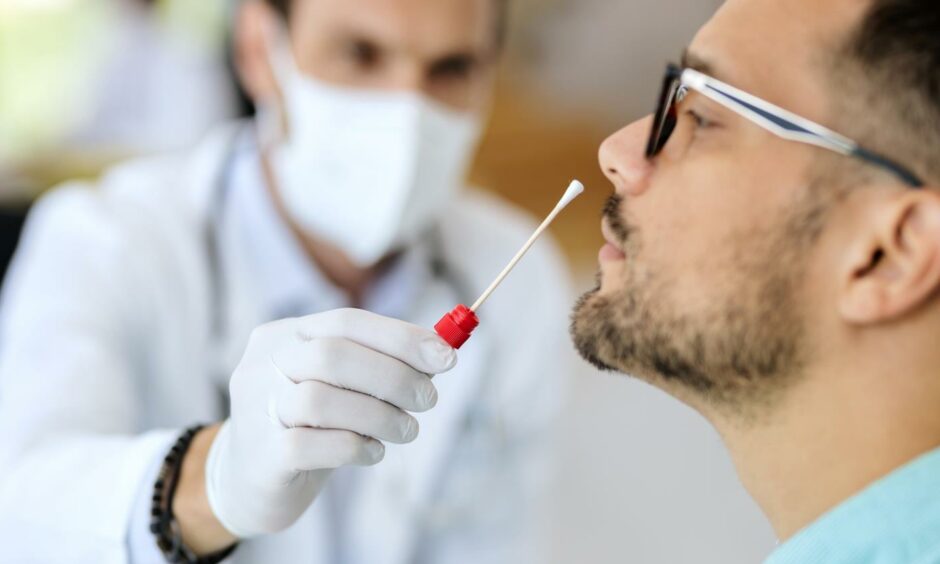
However, the DHSC further says: “Although very unlikely, it is possible to be reinfected within 90 days.”
If you develop Covid symptoms within 90 days of testing positive, you should get a PCR test immediately and self-isolate if it is positive.
